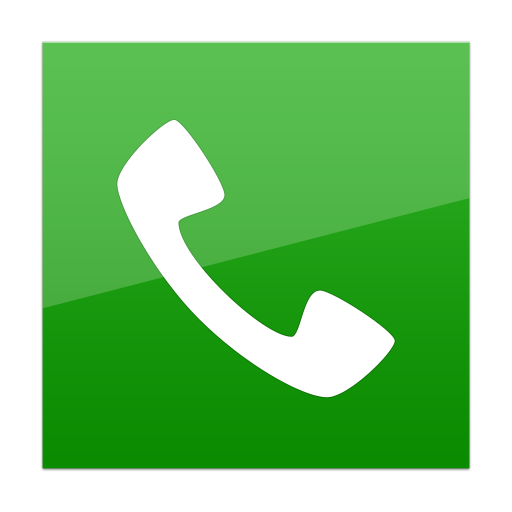“Sharps” injuries, as they are known in the health and social care sector, or Needlestick Injuries are those which are caused by items including needles, blades or other medical instruments, piercing the skin.
The main risk when such incidents occur is the transmission of infection from blood-borne viruses, with those of most concern being Hepatitis B, Hepatitis C and HIV. It appears to be a growing problem within the health service with figures suggesting that the number of health professionals who have been pierced by needles whilst at work has doubled within the last 10 years.
Figures from the Health Protection Agency suggest that in the last five years alone there were 2,039 cases of staff in England, Wales and Northern Ireland, who were put at risk of contracting blood-borne viruses after needle incidents which involved patients who had been carrying this type of disease. The report also claimed that most of these accidents were preventable and could have been avoided through more efficient disposal of clinical waste and through sharps being handled with greater care. A separate report, from the National Audit Office, revealed that needlestick and other sharps injuries accounted for 17% of accidents involving NHS staff and were the second most common cause of injury amongst this sector.
New UK and EU laws, which are due to come out in May, will, it is hoped, take action by requiring employers to offer increased protection against accidents caused by using this type of equipment, so cutting down on the number of injuries and preventing healthcare workers from being exposed to the infections carried by needlesticks and other sharps.
The Health and Safety (Sharp Instruments in Healthcare) Regulations 2013 will hope to achieve these aims by providing safer needle systems, having effective arrangements for the safe use and disposal of medical sharps, better follow up on a work-related sharps injury and better training and information to workers.
Employers already have to assess the risks which arise from the exposure at work from sharps, through the Management of Health and Safety at Work Regulations 1999 as well as the Control of Substances Hazardous to Health Regulations 2002. However, the new rules aim to go further still by trying to prevent workers using sharps where alternatives are possible, using blunt suture needles where appropriate or needle-free IV equipment.
Where it is not possible to provide an alternative, the employer should use safer sharps where available , they should prevent the recapping of needles and should put secure containers and instructions for the safe disposal of medical sharps close to the work area. The employer should also review the procedures regularly as well as making sure that staff are fully briefed on the dangers and how to minimise the risks. Employers should also work closely with safety representatives to expand on and promote the information given to workers.
The new European directive also states that where there has been a sharps accident or injury, the incident has to be reported to the employer, with details provided regarding the circumstances. The employer, in these instances, should make sure that the worker receives suitable first aid and follow up care.
Of course needlestick injuries could be caused as the result if an individual wielding a needle as a weapon to attack others. If this is the case medical attention should be sought immediately and the police contacted as soon as possible. In these circumstances the victim could be eligible for compensation from the Criminal Injuries Compensation Authority (CICA). They will assess the claim and award compensation where they believe it is justified. A guide to how much compensation could be paid can be found on this online CICA calculator.

 0113 268 8898
0113 268 8898